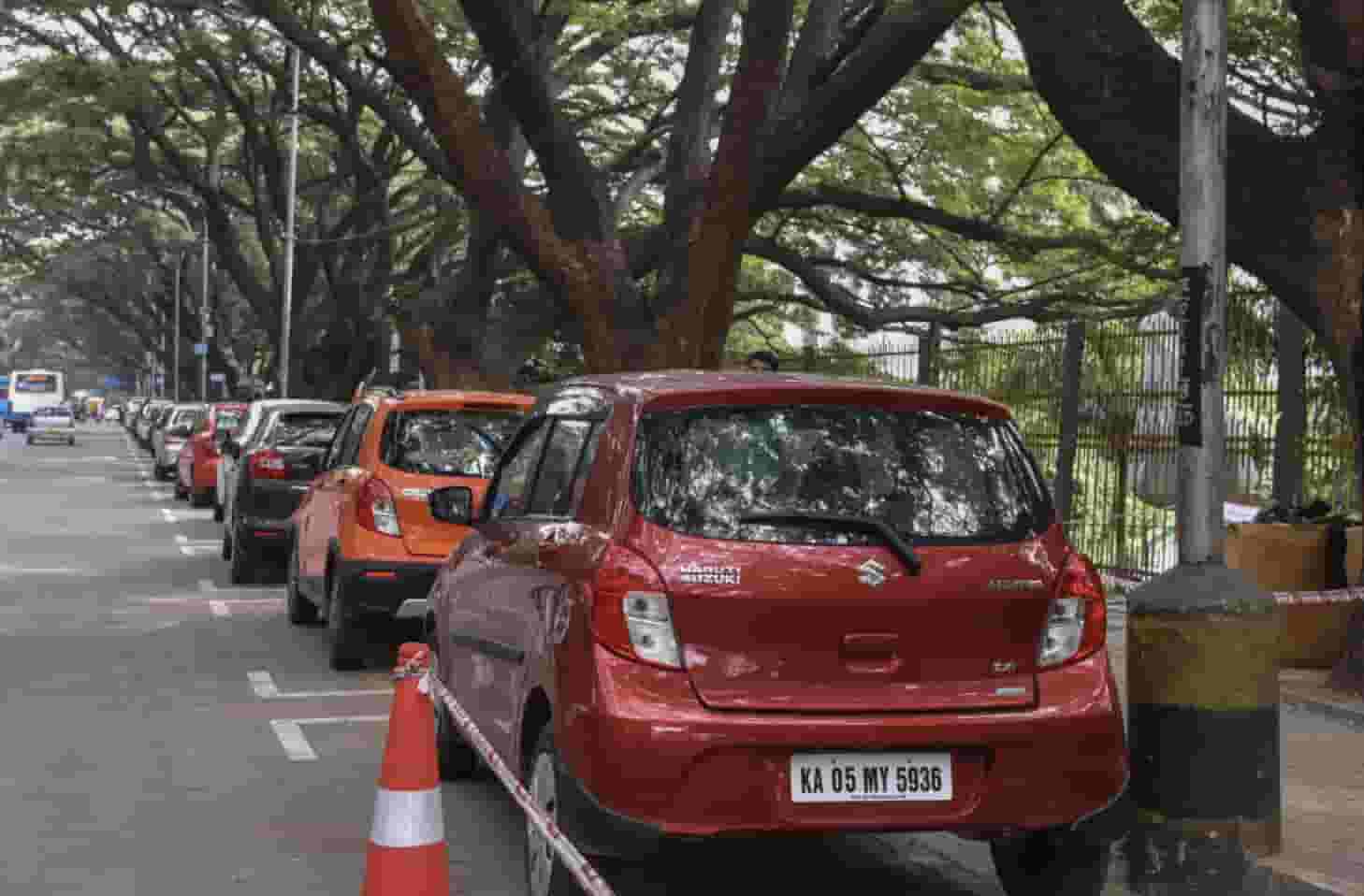What is a Parking Ratio?
Parking is an important part of urban design. Only some buildings need a parking space, but to know if it does, we need to be able to estimate the number of vehicle owners that would need parking during their visit. This number can vary widely depending on the type of building and its location. For example, a small office would need fewer parking spaces than a large apartment complex or a hospital. This article will explore how to calculate parking ratio, what they mean for your project, and how you can use them in your designs.
Why Parking Spaces Are Important
Parking spaces are required by law. In the United States, parking spaces are necessary for businesses and customers. Additionally, for example, people will be less likely to visit that store or restaurant if a business needs more parking spaces. This would significantly impact revenue.
What Is a Parking Ratio?
The Parking Ratio refers to the number of parking spaces per unit. It’s calculated by dividing the total number of parking spaces by the total number of units.
For example, if you have a 200-unit apartment building with 150 parking spaces, your parking ratio is 1 space for every 2 apartments. If you have a 100-unit apartment building with 50 parking spots, your ratio is 1/2 space per apartment.
The same principle applies to parking lots as well; however, instead of dividing by units, we divide by square feet. In addition to this simple calculation, you’ll also need to account for how many cars can fit into each space (which can vary depending on the model).
How Many Parking Spaces?
You need to be able to answer the question, “How many parking spaces?” with a good estimate of how many cars will be parked. Here are some guidelines:
- If you’re planning for a large event or festival, you should consider the number of people attending and not just those who will drive in.
- Make sure you know whether or not valet parking is included in your total count.
- It’s best to have space for handicapped parking in your calculations (for example, 2 spaces per 100 attendees).
Conclusion
Designers must know how to calculate the parking ratio to determine if a building has enough parking.
Now that you know how to calculate the parking ratio, you can use this information to help clients determine if their project has enough parking. If you need more time or resources to do the research, consider hiring a consultant specializing in parking ratios.
Also Read: How to Design a Parking Lot’s Size
Optimizing Parking
Optimizing the usage of your parking lot using smart parking solutions is an important step after you construct a space that fits your required parking ratio.
With more people than ever preferring to park using apps, operators are under pressure to offer digital parking solutions to their customers. With Get My Parking, you can automate and digitize your parking lot without having to invest in expensive brand-new equipment – our retrofit technology integrates seamlessly with your existing solutions to set up lightning-fast payment and access in your location via a custom-branded parking app.
Check out our website, or contact us at sales@getmyparking.com to know more.

